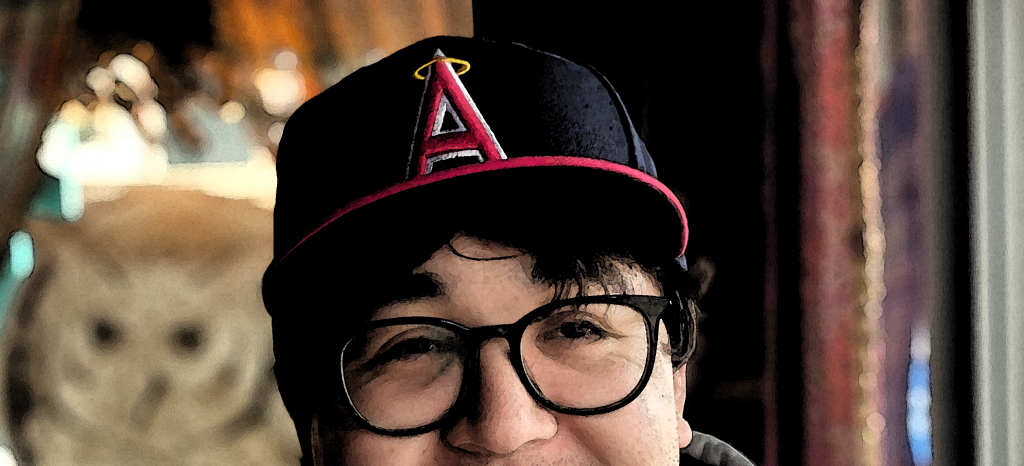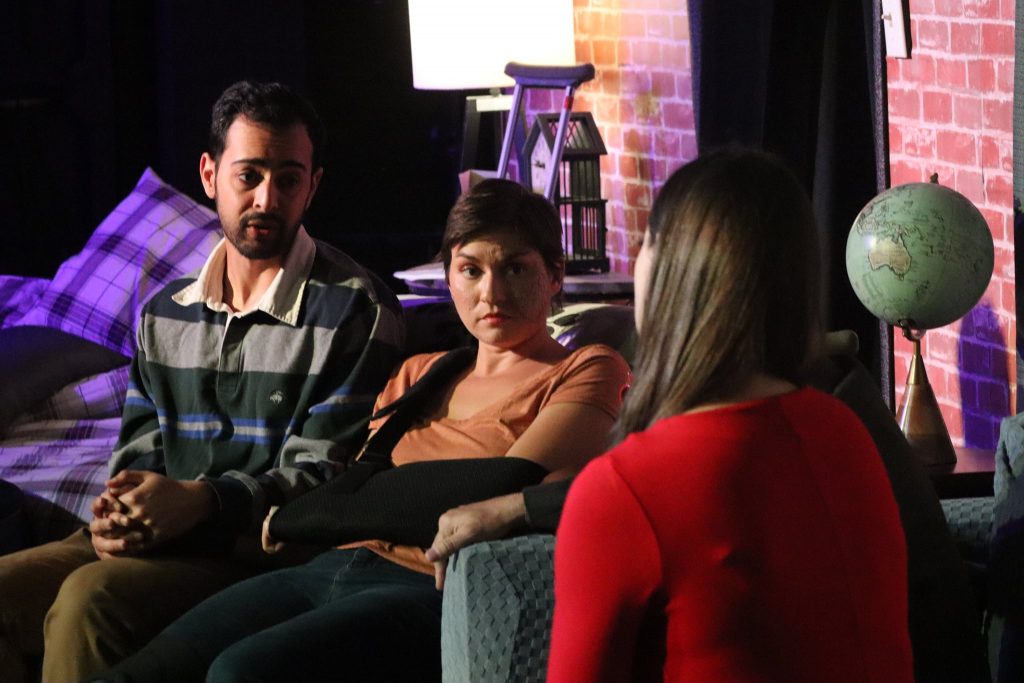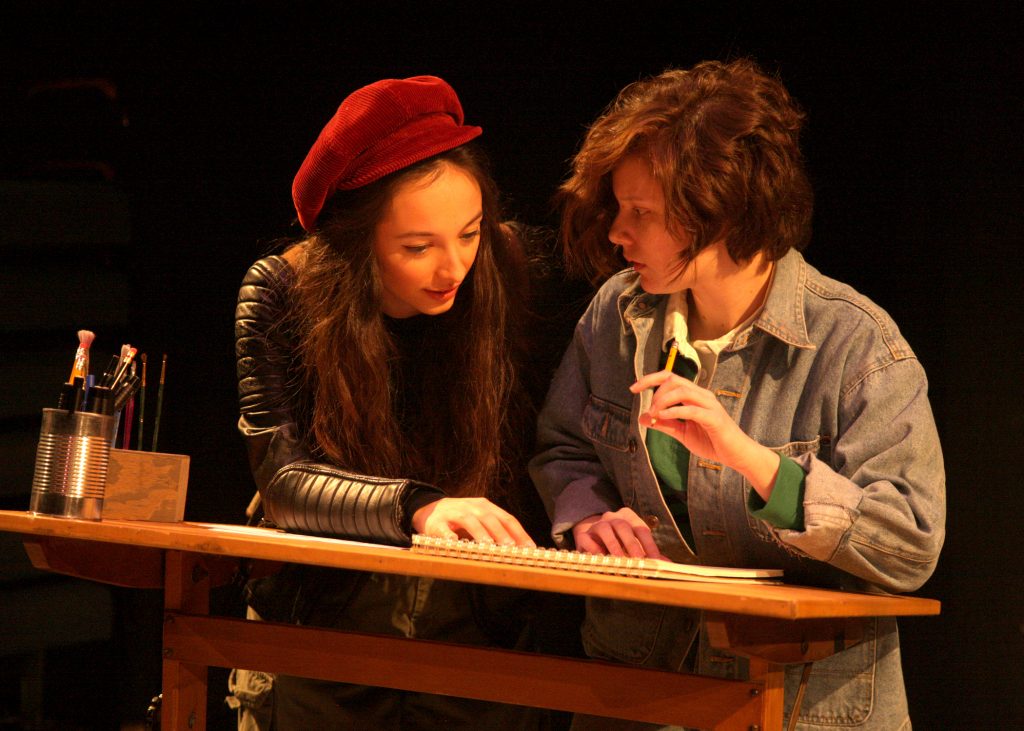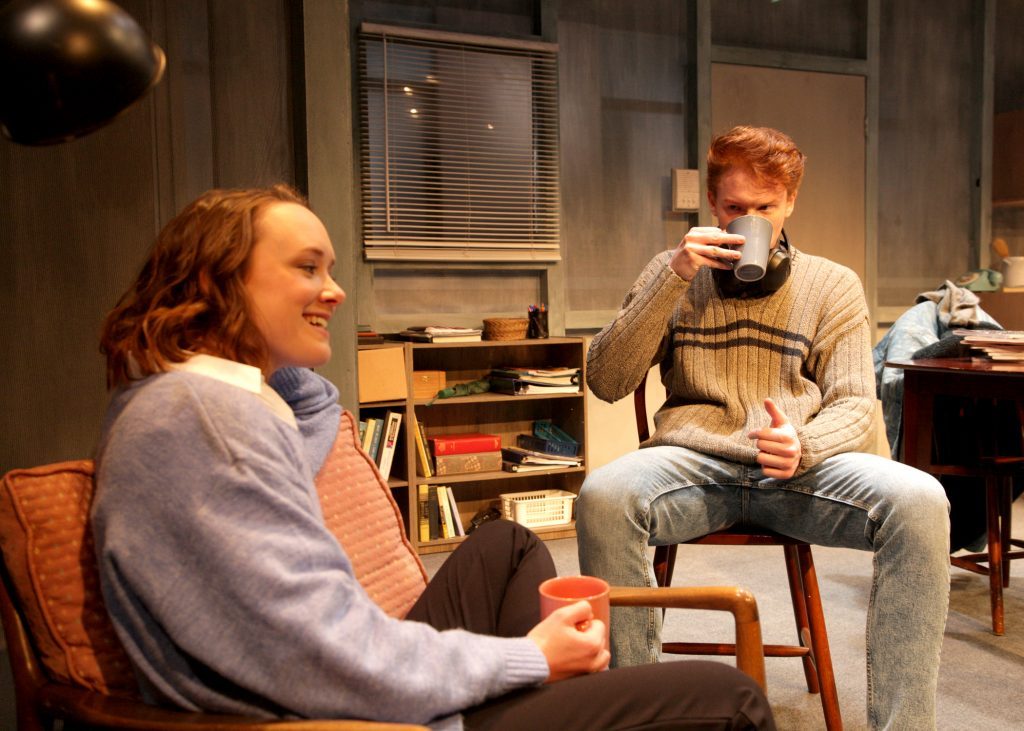Written by Patrick Chavis
October is the time of the year for themed plays –particularly horror themed. Sadly, the horror genre is not all that popular in the modern theatre scene –at least with standard plays. However, I’m noticing some real horror innovations in Immersive Theatre these days. Usually, when people want to put on a horror play, we are taken back to the classics. One of these classics is The Woman in Black. It’s so popular the play opened in 1989 and has consistently run for 28 years, which makes it one of the longest-running West End (London Theatre) shows ever. This two-hander play is a slow-burning thriller with an old-school approach to horror (they take a long time to do anything). While the cast and overall stage work in this production is well executed in many areas, the long, (unfortunately) necessary, expository monologues in this play drain some of the plot’s momentum and demand its audience to be very patient theatergoers. Still, it’s a classic for a reason and a good study of some of the genre’s basics.

Story:
Woman in Black centers around the two main characters, The Actor, played by Michael Cavinder, and Arthur Kipps, played by Ryan Max O’Melia. While at a funeral for a recently departed client, Arthur Kipps experiences the most horrifying experience and wants to tell his story to his family and friends in the best way possible so they can understand the horrible terror he witnessed. Kipps hires a professional actor, and we are explained and shown parts of Kipps’s experience as they act out what happened to him. While they act out the play, he’s prepared for his family and friends, and the fantasy of space and reality intertwines.
The plot device in this story feels so forced. The main character’s thought process is, “I need to put on a play to express to my family how I felt about this experience,” instead of just telling them. It’s a big jump that makes you ask why, but you go along. Secondly, it’s so convenient to depict the story as a play rather than directly telling it. Since it’s a play, we can keep things minimal, in the same place, and not worry about difficult scene changes.
On the other hand, this takes place during an era a while ago. Hence, people probably wanted to express themselves through theatre, similar to how people express everything that happens to them on Twitter, Facebook, and Youtube. Besides the issues of convenient plotting, the play’s dialogue and story are solid gothic horror. It’s a slow-moving but purposeful story that leads you into the darkness –not with a bunch of jumps and scares (though there are a few) but with the unexpected and the unexplainable.
Acting :
When it comes to the actors on stage, you can’t ask for much more than the performances Michael Cavinder and Ryan Max O’Melia deliver. They are both thoroughly committed to their roles, especially Cavinder because he goes in and out of his character very convincingly. I was often more terrified watching his expressions than from the actual presence of the Lady in Black, who felt too sedated and lacked an imposing quality that would have increased the terror. Closeness is scary, and there wasn’t enough physical closeness and time to linger on that fear. It was more like she’s here; she is supposed to be here; she’s the woman in black, and that’s the play’s name.
STAGEtheatre Woman in Black is a well-acted exhibition of a great story that holds back the horror a little too much.
Above Average
Be the first to leave a rating.
What is Immersive theatre?
http://howlround.com/immersive-theatre-defined-five-elements-in-sleep-no-more-then-she-fell-and-more





















































Thank you for the wonderful piece on Grace McLean by Zack Johnston!!